Of course, many times you went through an anthill and stepped on an ant and felt that feeling of power, right? But why don't we take the fight to the right size! if you were the size of an ant? You probably didn't win a match against her, did you know that ants have a record in the animal kingdom? for example they have the record of being the fastest moving animal in the animal kingdom! And for example the bullet ant is one of the animals with the most powerful poison on the planet, it is said that if you receive a bite from a bullet ant you will feel brutal pain for two days! so much so that it is said that on the pain scale it is the equivalent of the pain of being shot!😮😏😨
Claro muchas veces pasastes por un hormiguero y pisastes una hormiga y sentistes aquella sensacion de poder cierto? pero porque no llevamos el combate a un tamaño justo! si fueras del tamaño de una hormiga? probablemente no ganabas un combate contra ella, sabias que las hormigas tienen record en el reino animal? por ejemplo tienen el registro de ser el animal con el movimiento mas rapido del reino animal! y por ejemplo la hormiga bala es uno de los animales con el veneno mas poderoso del planeta, se dice que si recibes una picadura de una hormiga bala sentiras un dolor brutal por dos dias! tanto que se dice que en la escala de dolor es el equivalente al dolor de recibir un disparo!💥💥💥💥
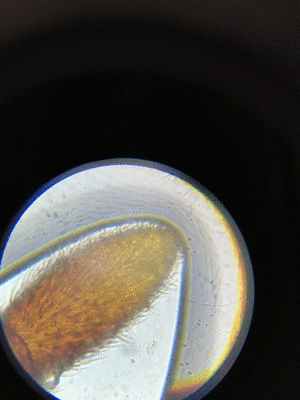
ANATOMY?🙂🕷🦂🦟🐜, ANATOMIA¿?🧠👍
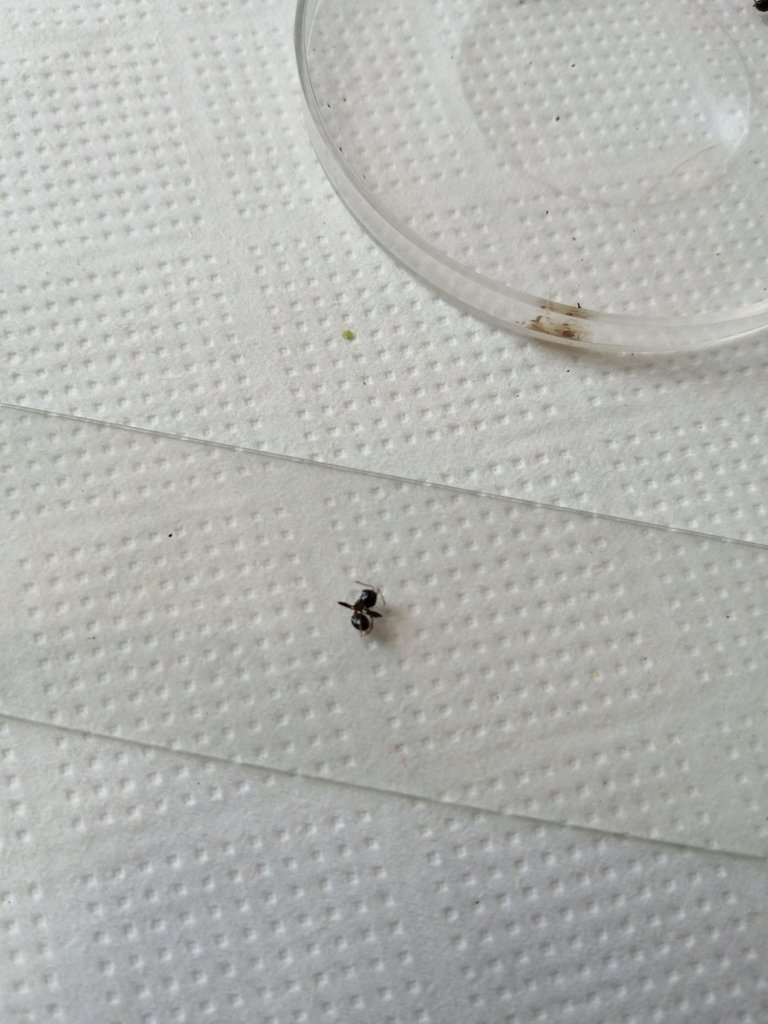
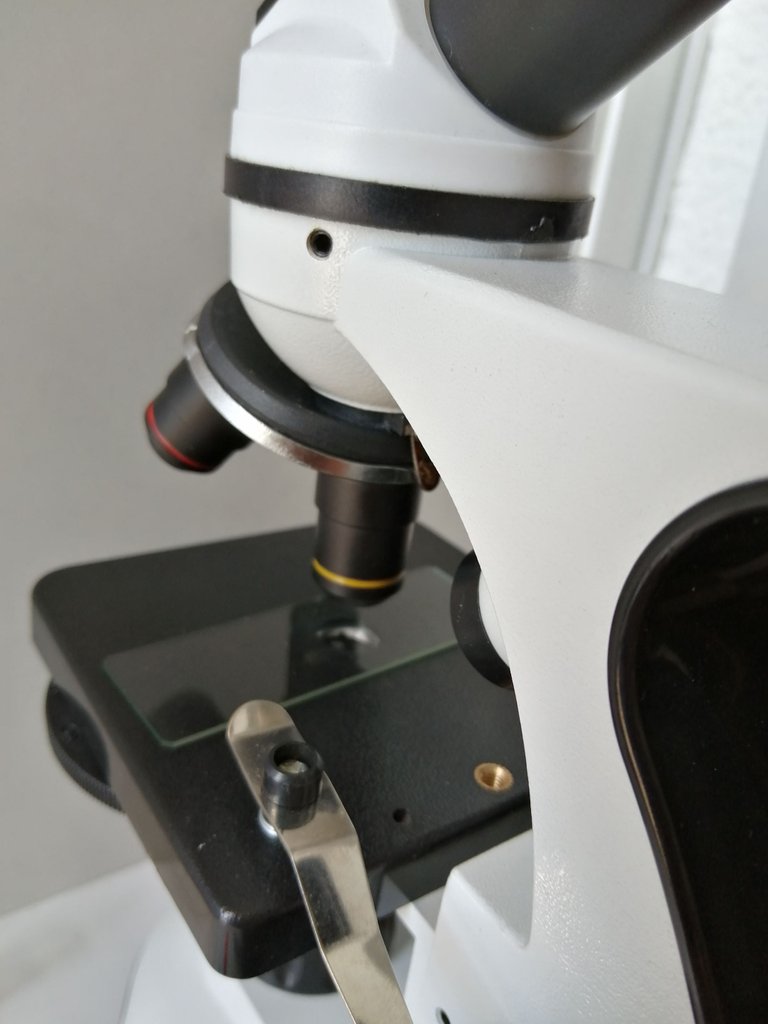
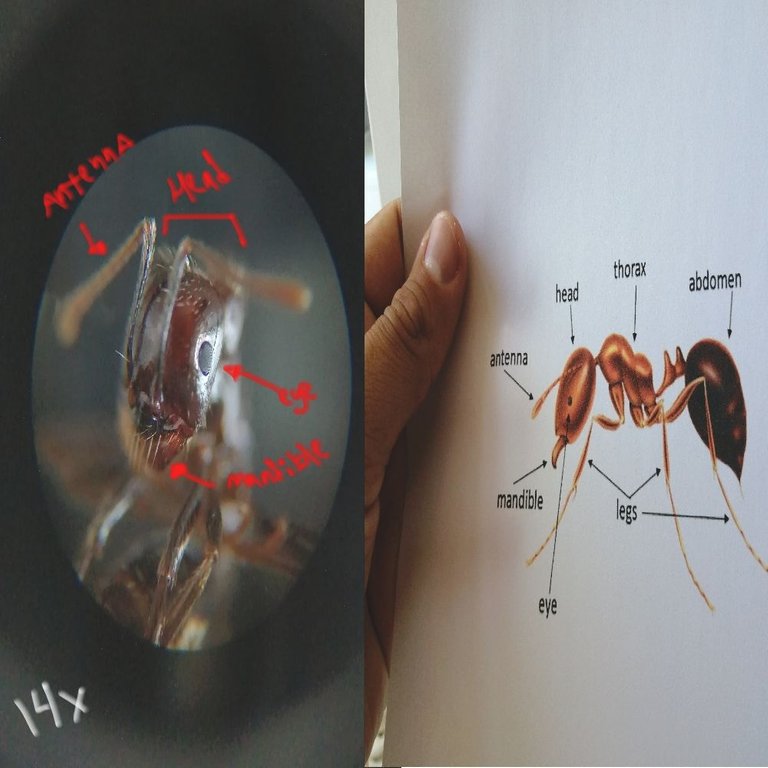
Your body is made up of three parts: head, thorax, and abdomen. It has three pairs of legs, that is, six legs. It also has two antennas. This part of the body is elongated and at the same time round. In this there are various sensory organs. It is composed of a very strong jaw, two eyes and two antennae. These two antennas are used to touch, smell and taste.😮🤔
Su cuerpo está compuesto de tres partes: cabeza, tórax y abdomen. Tiene tres pares de patas, es decir, seis patas. También tiene dos antenas. Esta parte del cuerpo es alargada y a la vez redonda. En esta hay diversos órganos sensoriales. Está compuesta por una mandíbula muy fuerte, por dos ojos y dos antenas. Estas dos antenas son las utilizadas para tocar, oler y degustar.🧠👄👅
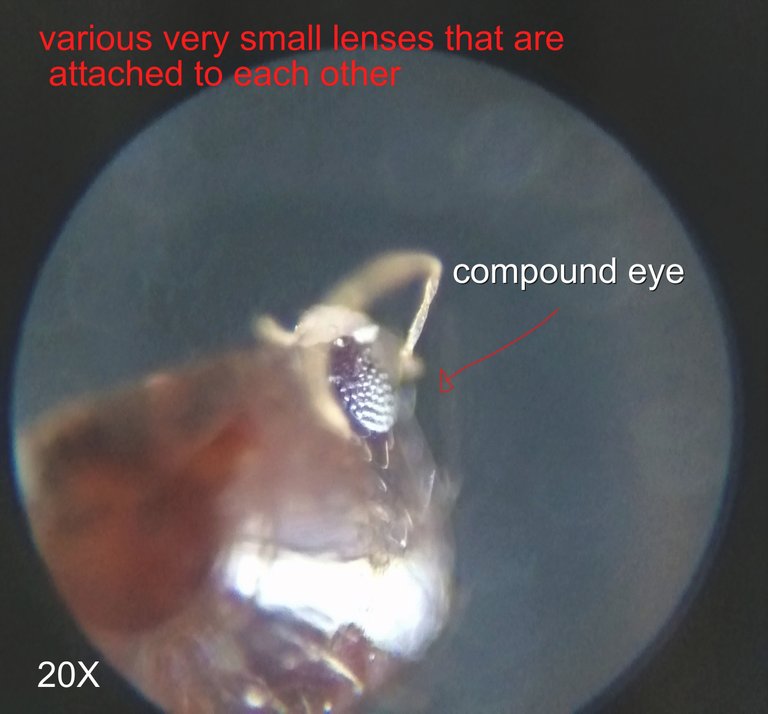
Its size varies according to the species, and it is covered by a protective layer known as the exoskeleton. It is with this layer that the ant avoids losing water and allows it to support its body. They are made up of several very small lenses that are attached to each other. Their eyes are very useful for the sharp detection of movements, however, they do not generate a high resolution image. Certain ants have three small spots on their heads, which function as extra eyes. These spots are called ocelli, which can perfectly detect light.😶😶
Su tamaño varía acorde a la especie, y está recubierta por una capa protectora que se conoce como exoesqueleto. Es con esta capa que la hormiga evita perder el agua y le permite apoyar su cuerpo. Se componen de diversos lentes de muy pequeño tamaño que se unen entre sí. Sus ojos son muy útiles para la detección aguda de los movimientos, sin embargo, no generan una imagen de alta resolución. Ciertas hormigas presentan tres manchas de pequeño tamaño en sus cabezas, las cuales funcionan como ojos extras. Dichas manchas se llaman ocelos, las cuales logran detectar perfectamente la luz.👀👁

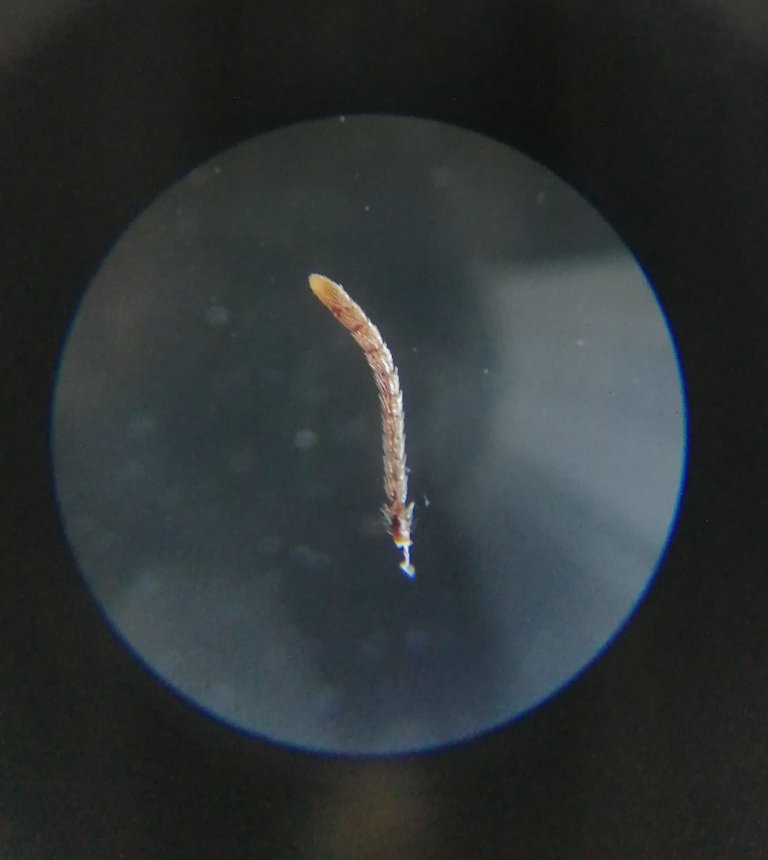
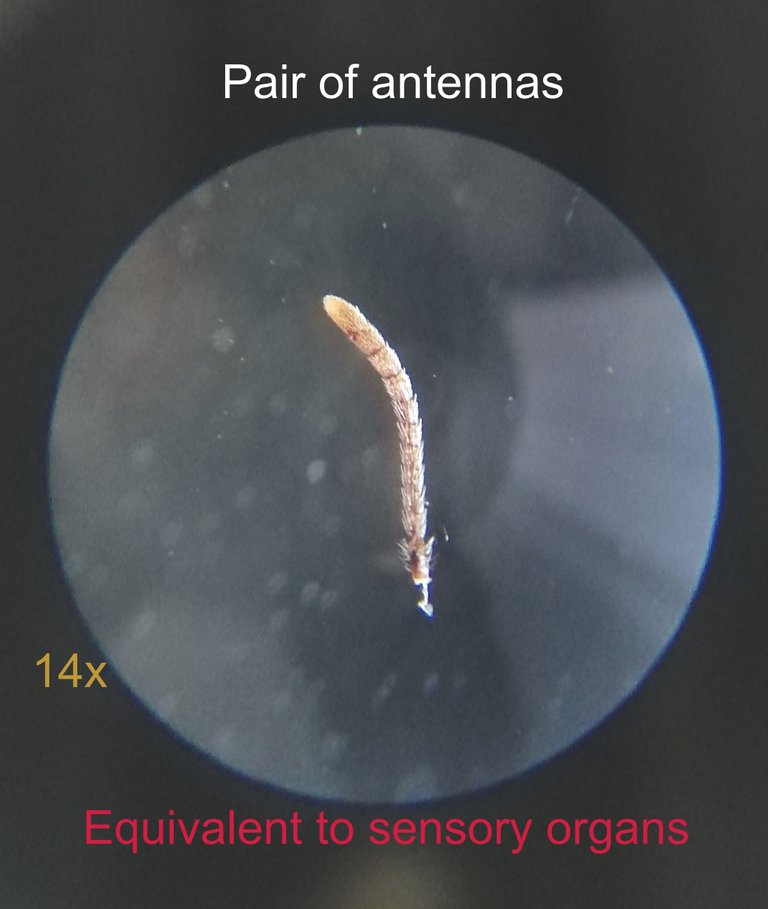
Through the two antennas the ants detect chemical substances, vibrations and air currents; they can transmit and receive signals through touch. Each of these antennas helps the ant to search through the senses of touch, smell and taste, these are joined in the middle, thus allowing them to be folded.😍😍
A través de las dos antenas las hormigas detectan sustancias químicas, vibraciones y corrientes de aire; las mismas pueden transmitir y recibir señales por medio del tacto. Cada una de estas antenas ayuda a la hormiga a buscar a través de los sentidos del tacto, del olfato y del gusto, estas se unen en el medio permitiendo así doblarlas.🧠🧠

PERFECT NATURE?🙂🕷🦂🦟🐜, ANATOMIA PERFECTA¿?🧠👍
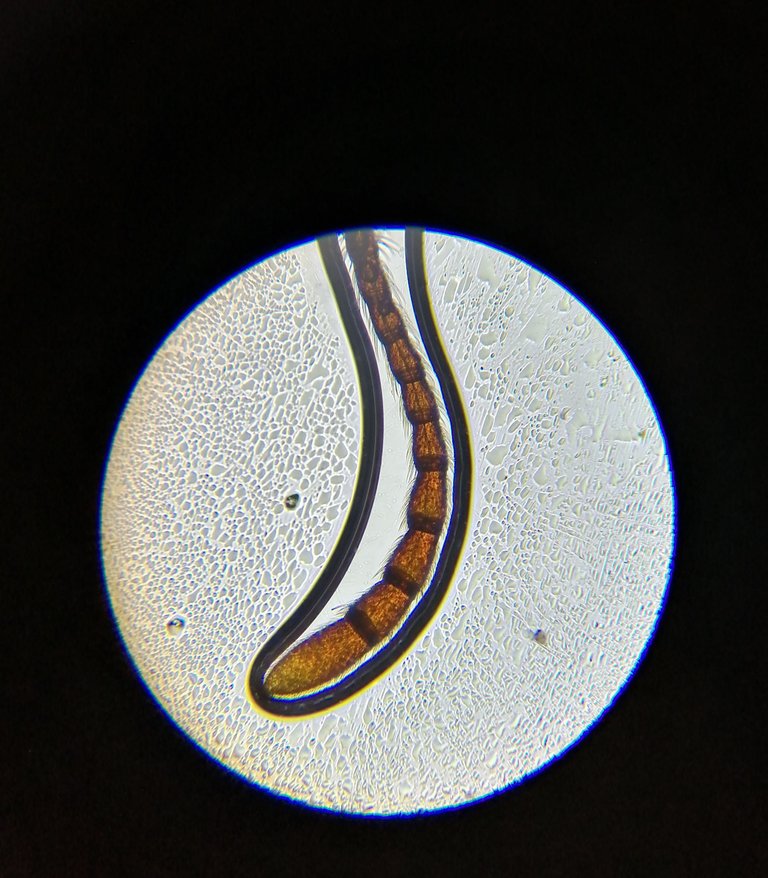
Although these insects die if their body temperature exceeds 53.6ºC, they remain alive thanks to an ingenious mechanism that allows them to stay fresh, according to an international team of scientists who published the results of their research in the journal Science.😮😮
aunque estos insectos mueren si su temperatura corporal supera los 53,6ºC, se mantienen vivas gracias a un ingenioso mecanismo que les permite conservarse frescas, según descubrió un equipo internacional de científicos que publicó los resultados de su investigación en la revista Science.🤔🤔
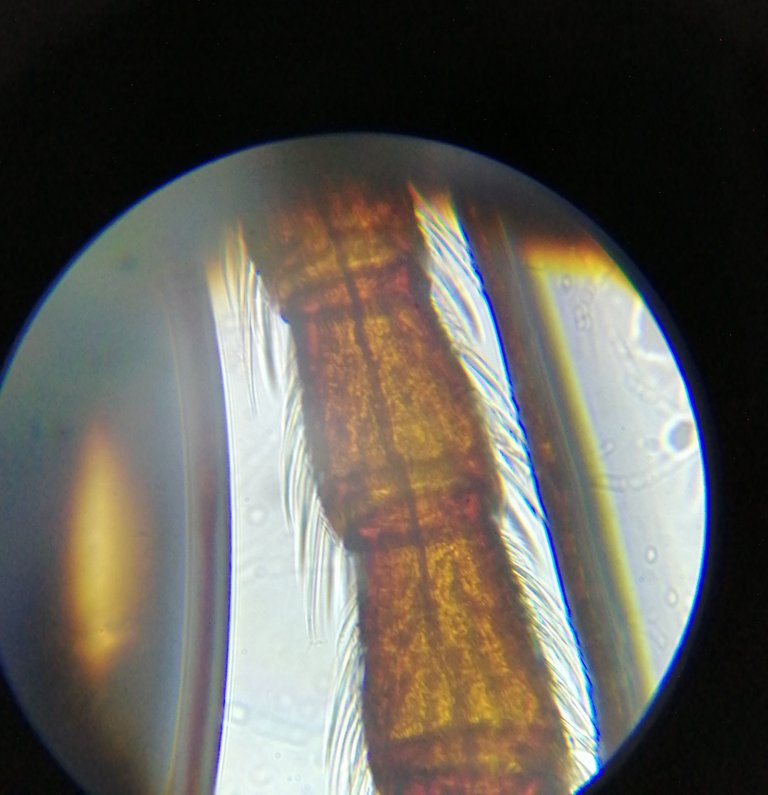
The secret, the scientists explain, is in the unique structure and organization of their hair, which allows them to control a wide range of the solar spectrum to lower their body temperature. And, on the other hand, this cover makes it easier for the ant to spread its own internal heat to the cooler air that surrounds them.😃😃
El secreto, explican los científicos, está en la singular estructura y organización de su pelo, que les permite controlar una amplia gama del espectro solar para reducir su temperatura corporal. Y, por otro, esta cubierta le facilita a la hormiga diseminar su propio calor interno hacia el aire más fresco que las rodea.😮😮
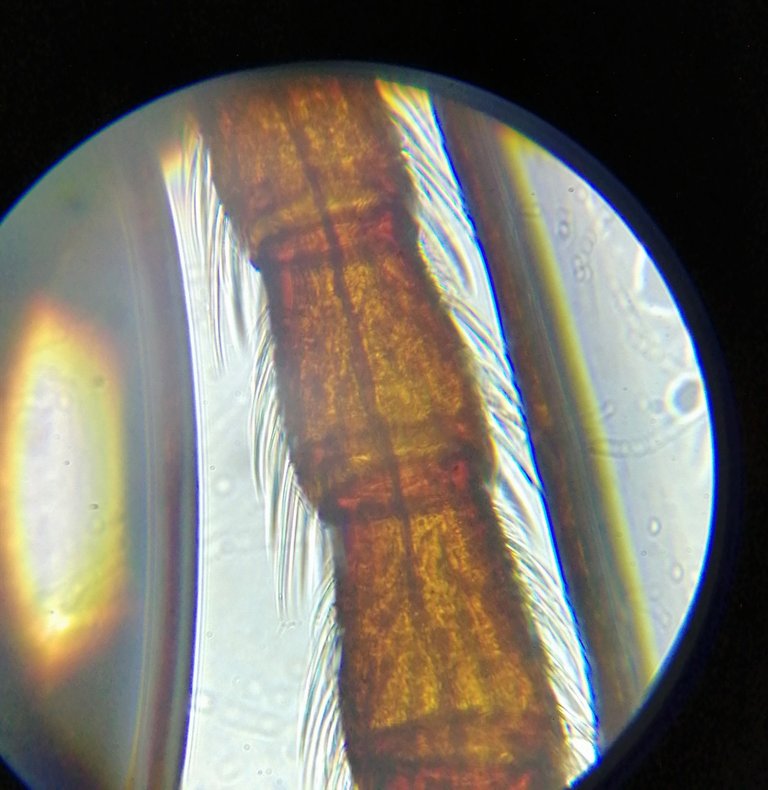
Two cooling mechanisms that, combined, prevent the body temperature of the ants from exceeding the maximum allowed of 53.6ºC. These fibers are like a mirror for visible and near infrared light. In addition, they emit energy in the mid-infrared portion of the electromagnetic spectrum.😁😁
Dos mecanismos de refrigeración que, combinados, impiden que la temperatura corporal de las hormigas supere el máximo permitido de 53,6ºC. Estas fibras son como un espejo para la luz visible y próxima al infrarrojo cercano. Además, emiten energía en la porción del infrarrojo medio del espectro electromagnético.🌞🌕
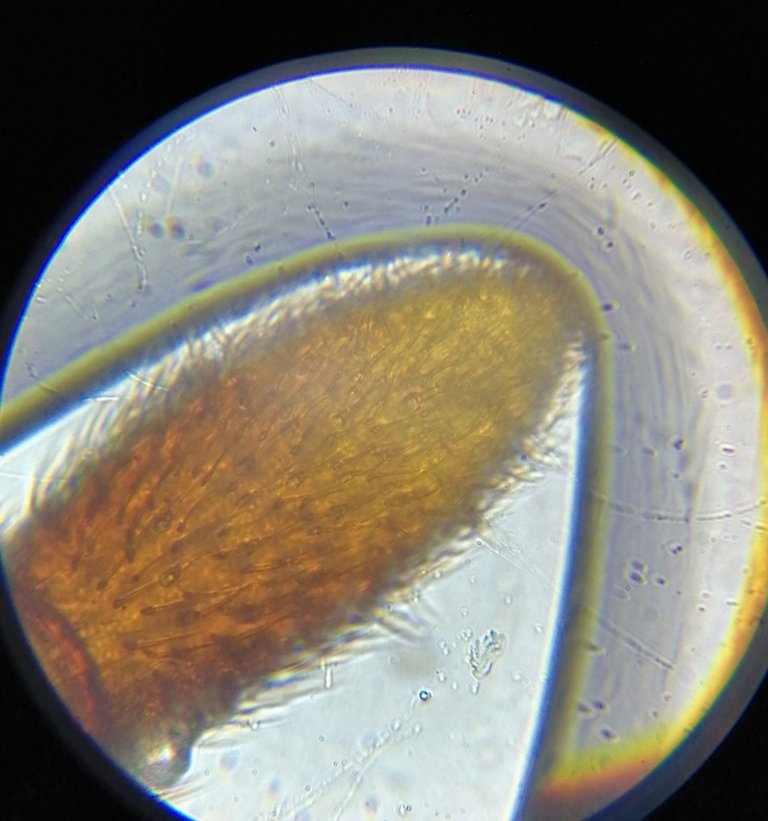
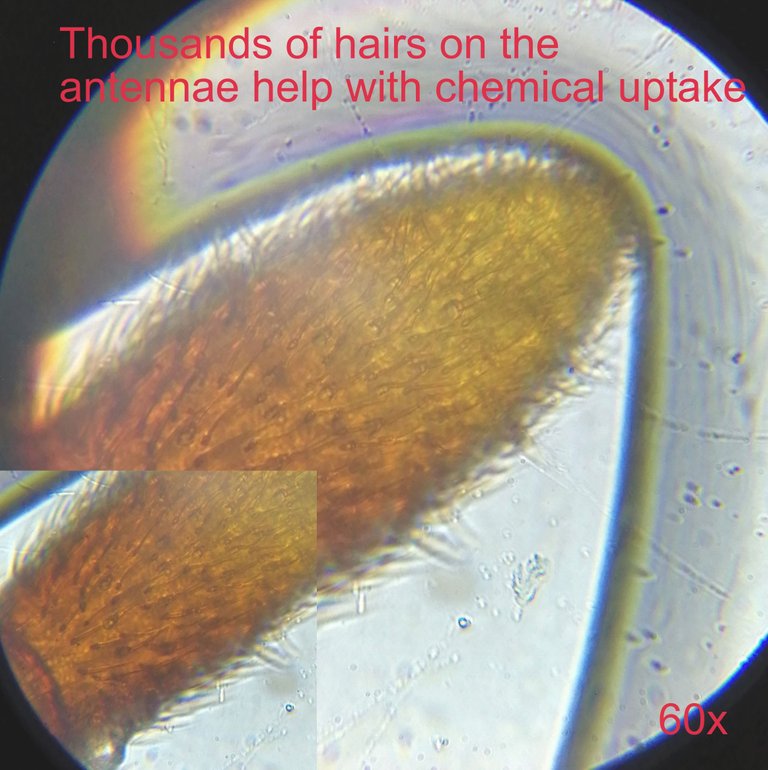

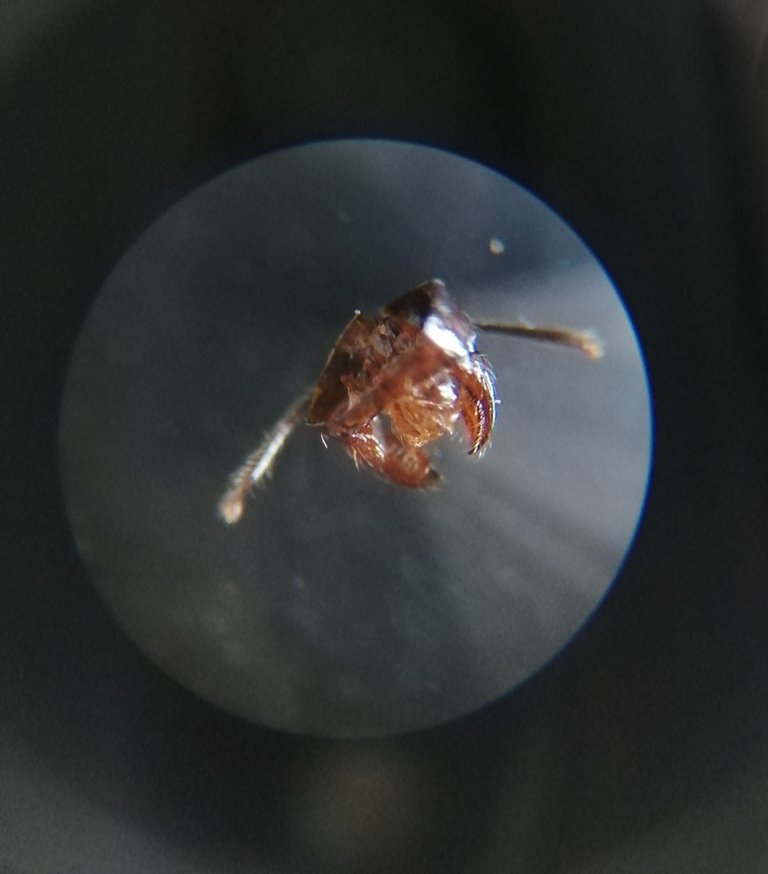
The jaws are used to manipulate objects, transport food, for defense and to build nests. They are shown as large bumps that arch from the mouth, using these as hands to grab or bite.😮😮
Las mandíbulas son empleadas para manipular objetos, transportar alimentos, para la defensa y para construir nidos. Se muestran como grandes protuberancias que se arquean a partir de la boca, utilizando estas como manos para agarrar o morder.😨
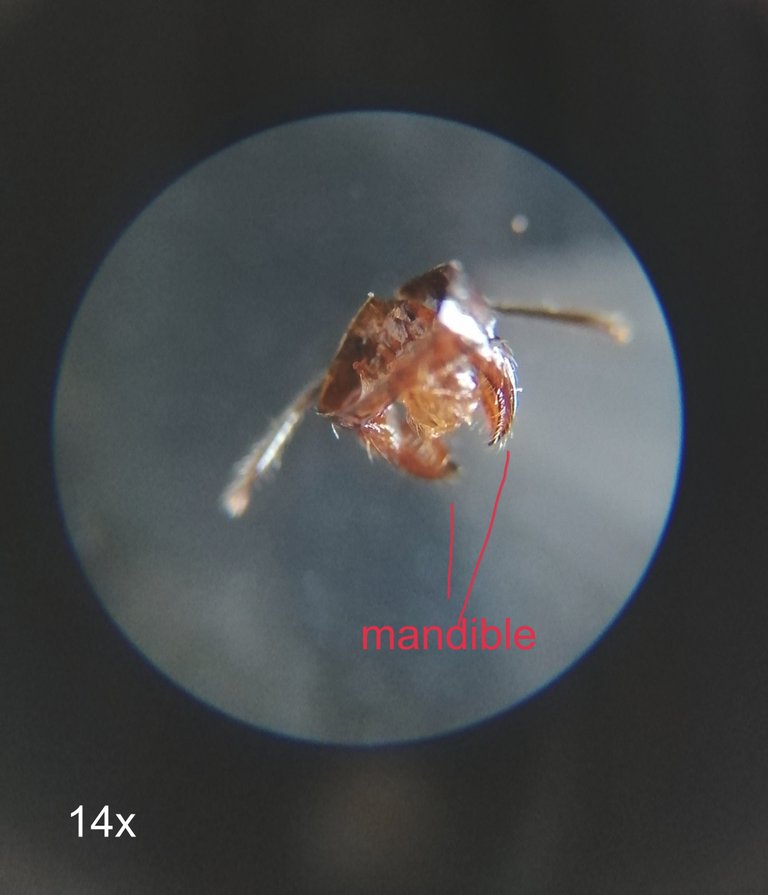


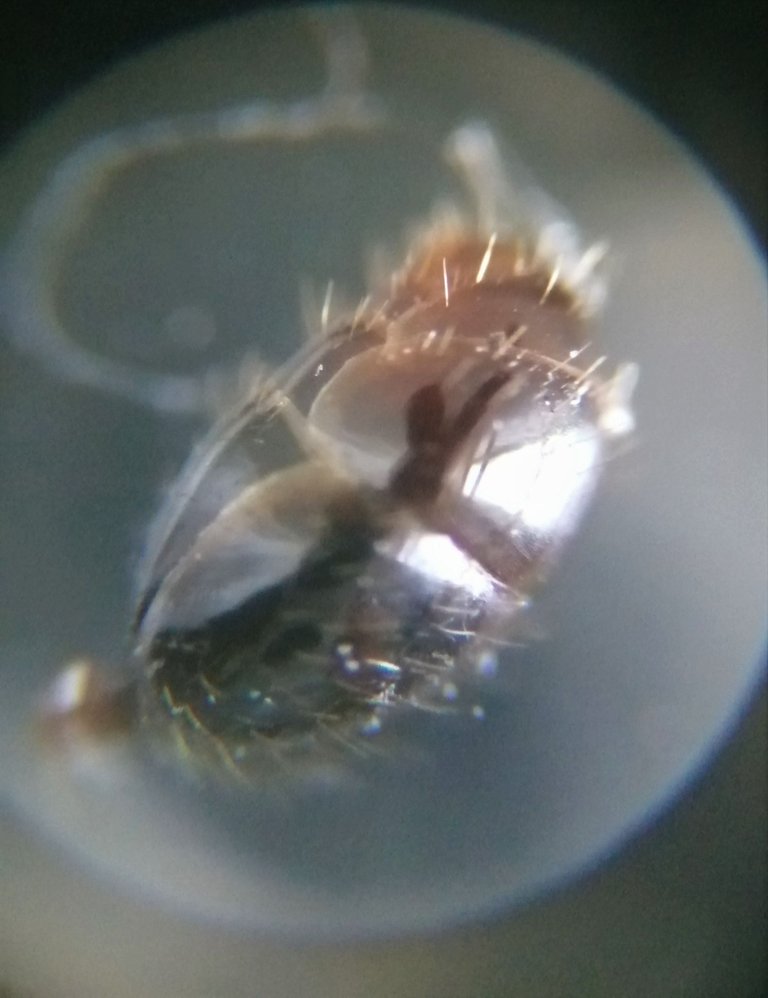
It is also known as a metasoma. Part that is responsible for protecting the internal organs of this insect, such as the organs of the respiratory system, the reproductive system, and the excretory system.😶😶
También se conoce como metasoma. Parte que se encarga de proteger los órganos internos de este insecto, como son los órganos del aparato respiratorio, del aparato reproductivo, y del sistema excretor.👨🏫👨🎓
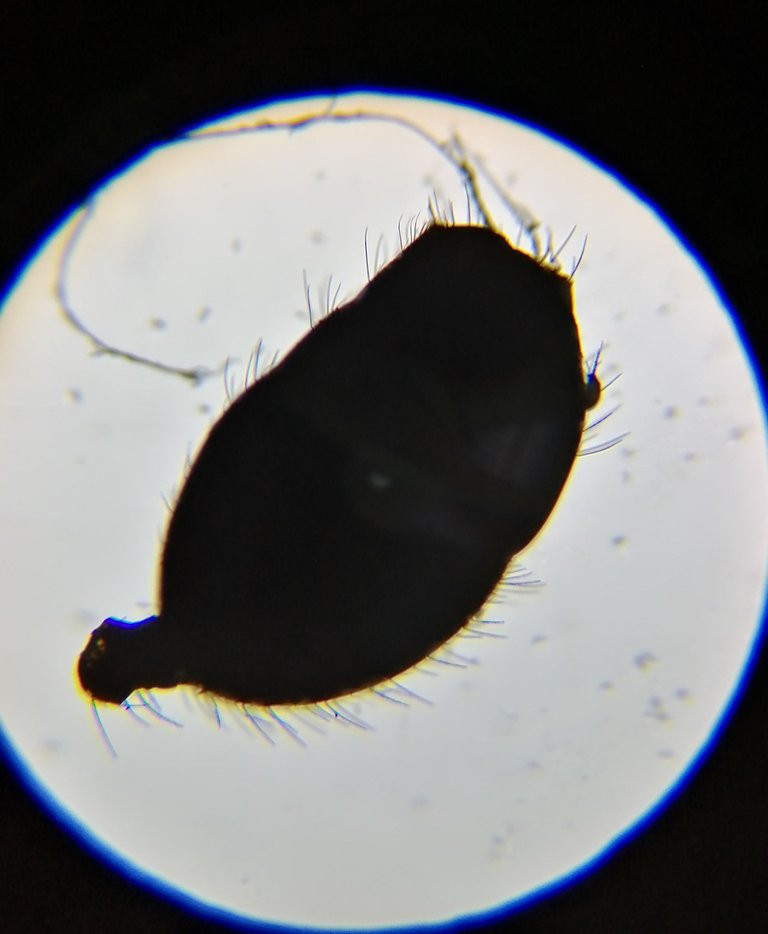
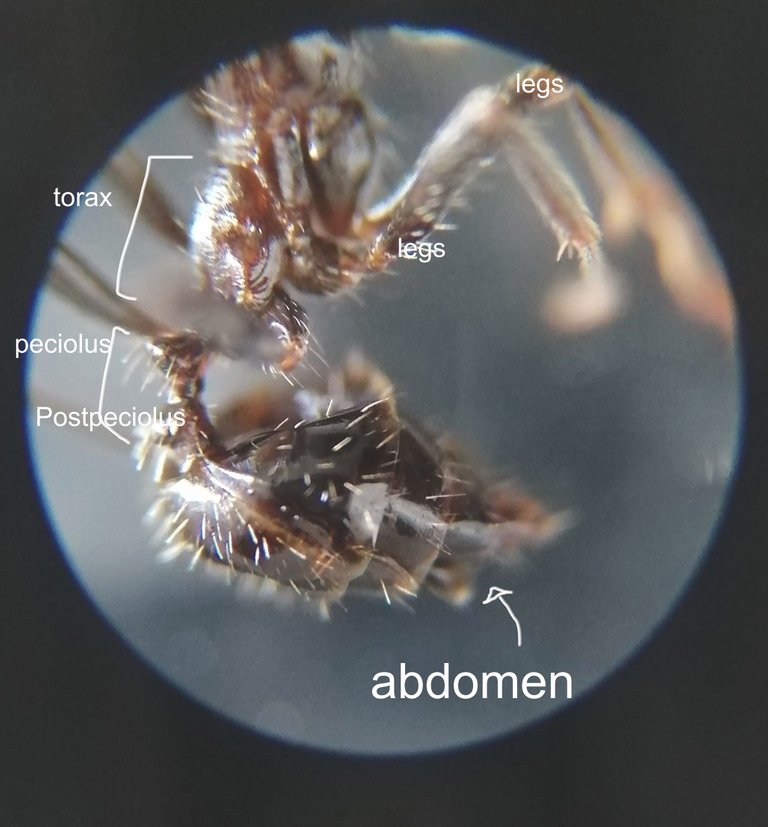

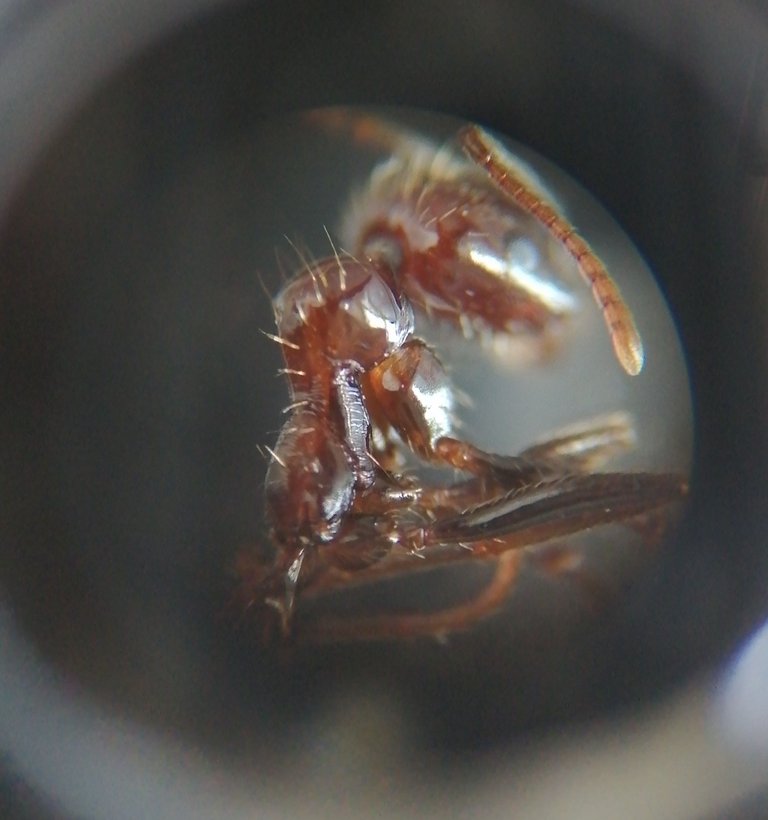
It involves the upper body. Which has a thorax, this being the upper abdomen. This part is muscular and thin, which aims to strengthen the legs. It is attached through the petiole to the lower part of the ant's body, which allows it to straighten and bend with great ease.🤩🤔🤔
Se trata de la parte superior del cuerpo. El cual posee tórax, siendo este la zona superior del abdomen. Esta parte es muscular y delgada, la cual tiene como objetivo fortalecer las patas. Se une a través del peciolo a la parte baja del cuerpo de la hormiga, lo cual le permite enderezarse y doblarse con gran facilidad.😮😮
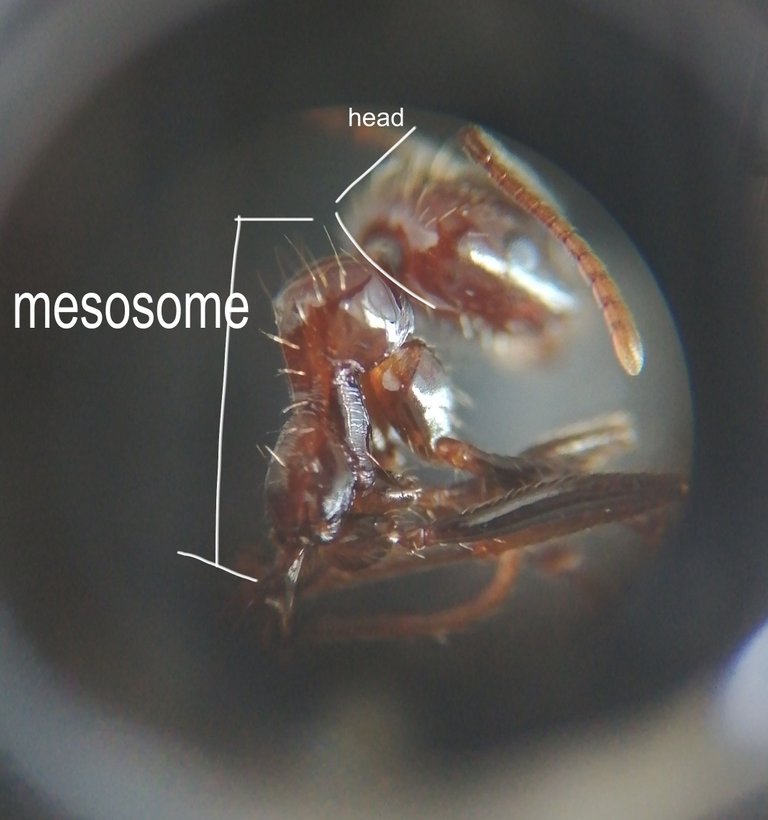
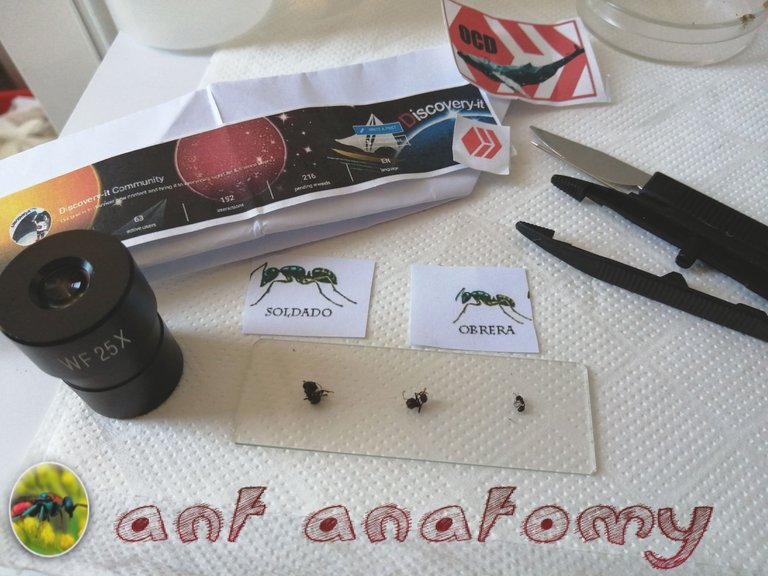
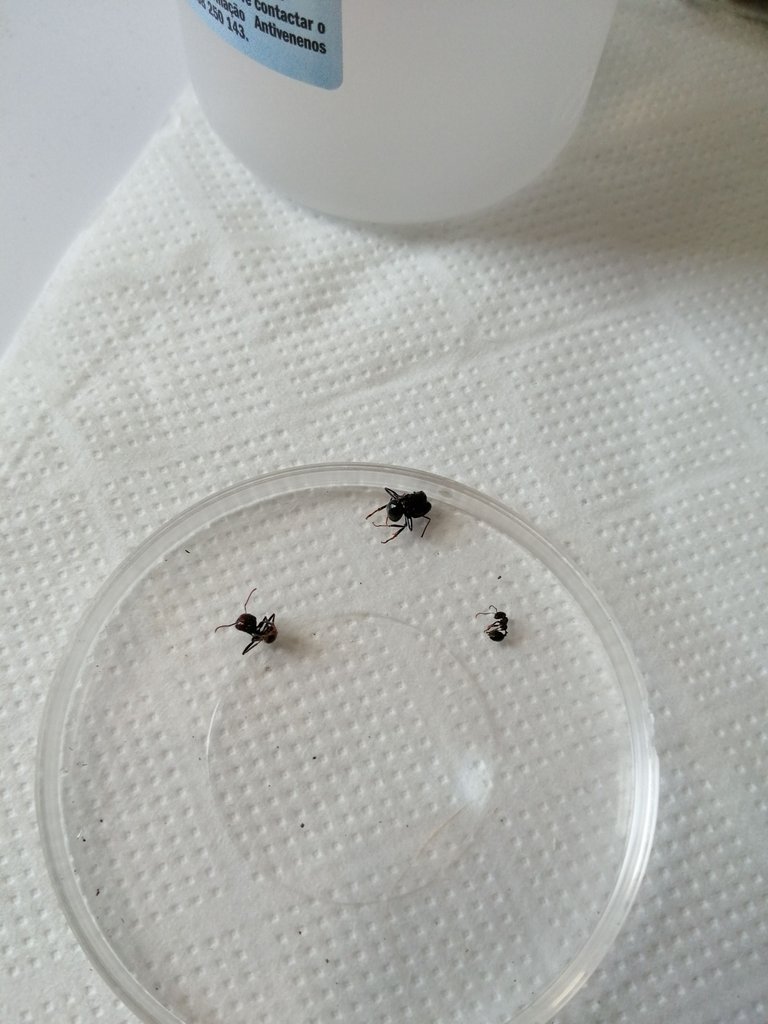
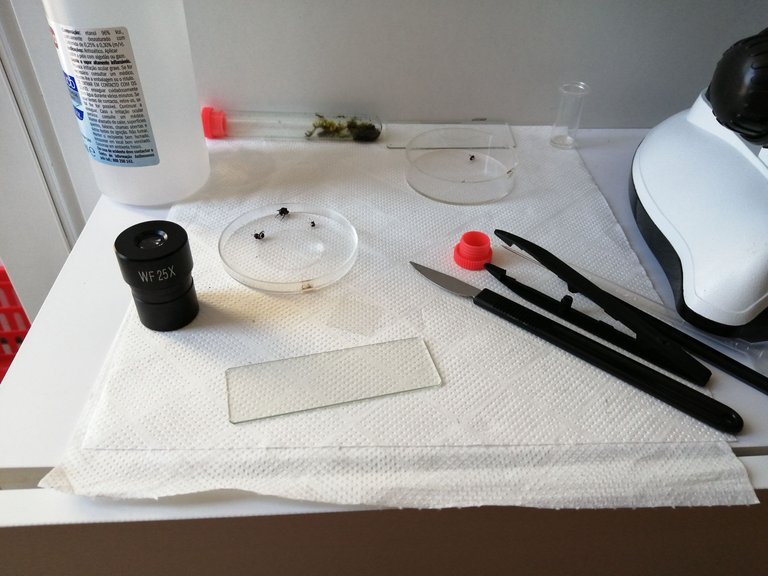
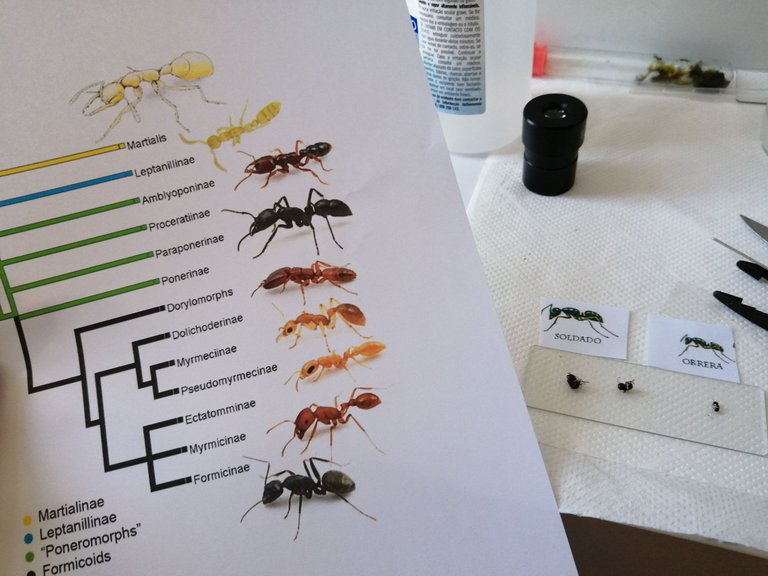




























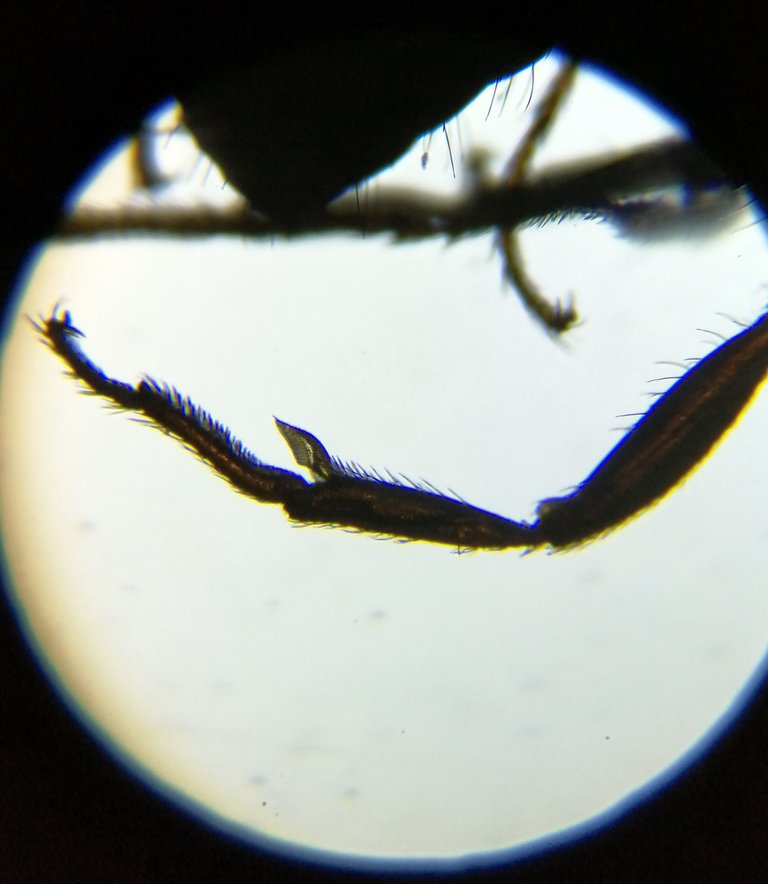

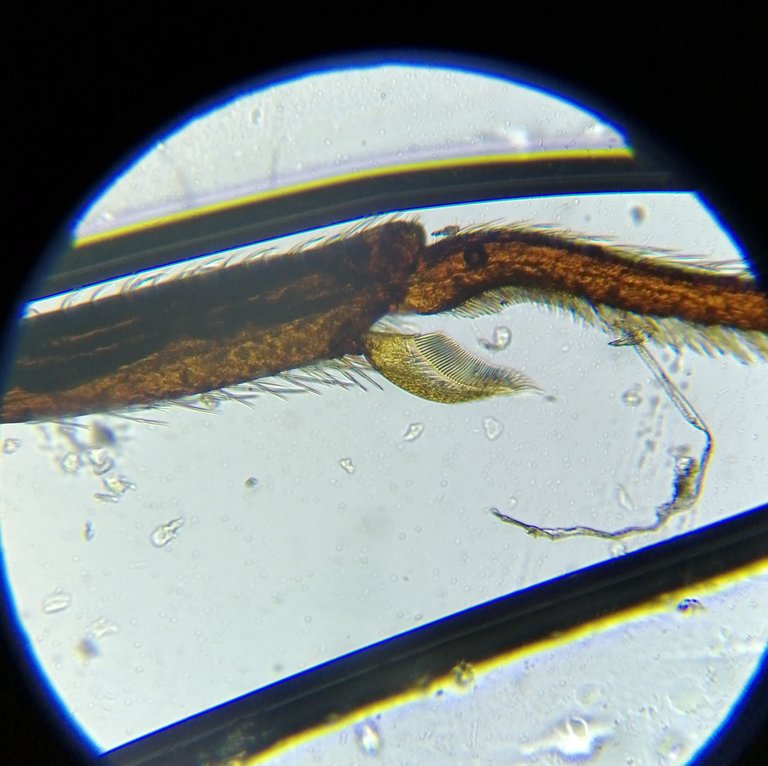
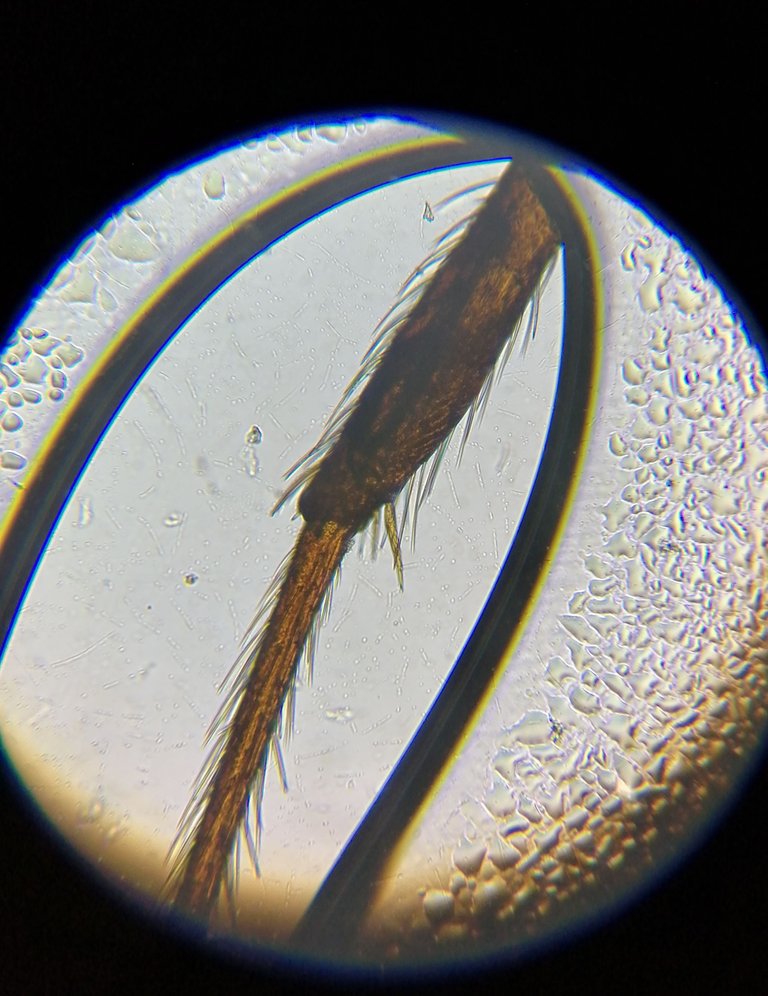

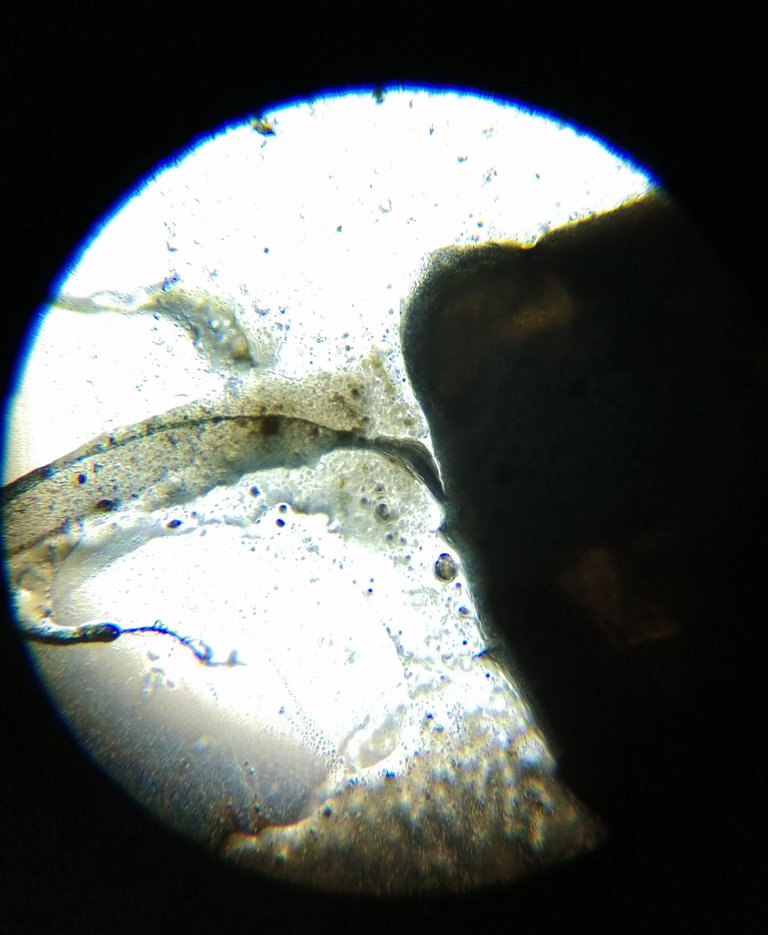
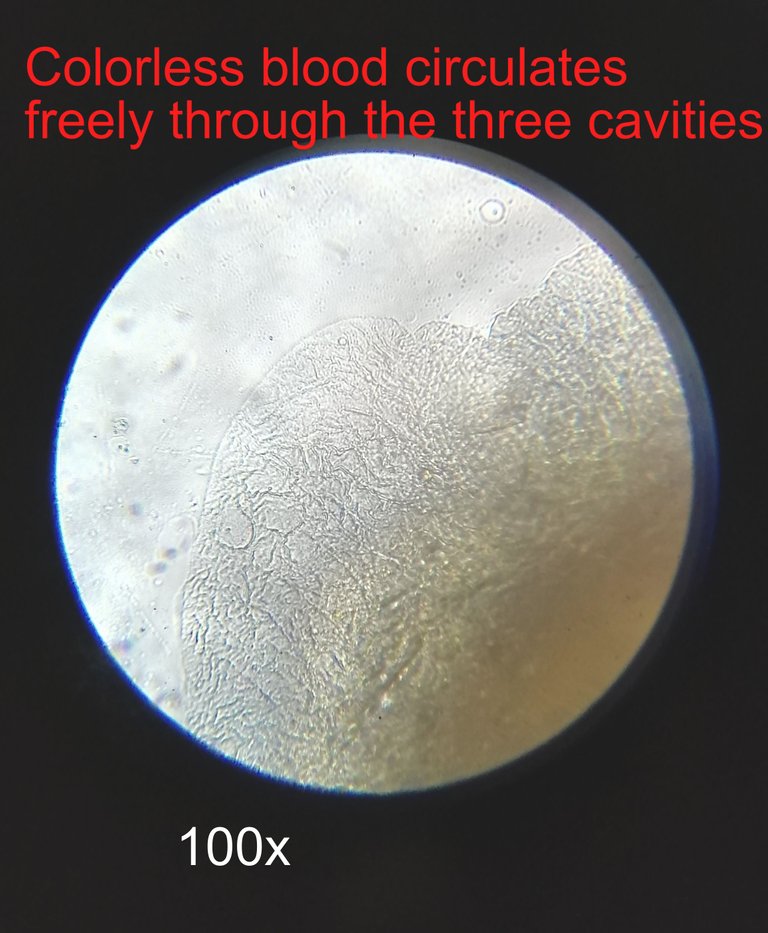


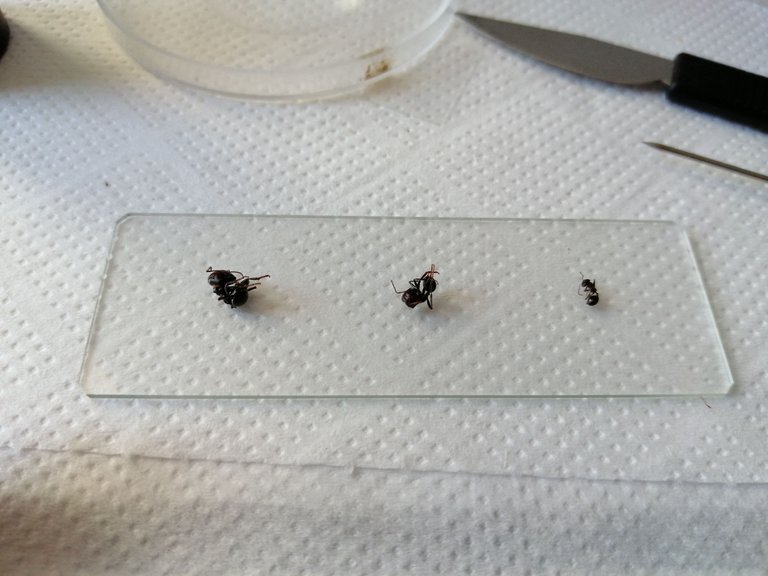




Thanks for your contribution to the STEMsocial community. Feel free to join us on discord to get to know the rest of us!
Please consider supporting our funding proposal, approving our witness (@stem.witness) or delegating to the @stemsocial account (for some ROI).
Please consider using the STEMsocial app app and including @stemsocial as a beneficiary to get a stronger support.